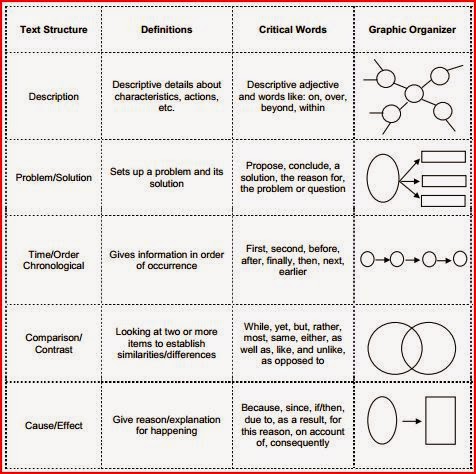I am glad to say that although there are many obstacles, there are some pieces of workshop that I find falling into place, and these are pieces I plan to pour in concrete as I build this strong structure of instruction.
Classroom design has been my greatest accomplishment this year. My students meet every day at the front of my room. At first we met in a circle, but it was awkward because my class sizes are so big (nearing 30!) -- our circle couldn't include everyone. So now we meet "movie theater style." Students sit with assigned partners in assigned seats. I used to be against this, but found that it is much more efficient for students to come to class and know exactly where to sit and who to sit next to. Not all students are thrilled with their partners, but I make it clear we are there to learn and support each other. Partners have a responsibility to each other, and in the future I plan to make this even stronger through community building (another area I need to strengthen, and will save that for future posts).
I work diligently to keep time at our "meeting" at 10-15 minutes, and then students move to their assigned seats to work independently and me time to conference. I still struggle with coming back to share in our meeting, and mostly this happens as a whole group while students are at their tables. All in all, it is the structure that I hoped for way back in that summer post.
What's Working With Workshop Structure in 42 Minutes
- Having a meeting area. This forces me to plan for minilessons that are short and focused on one skill. We simply don't have time to move too quickly through multiple skills, which adds depth to our work as we master one objective at a time.
- Keeping a consistent structure. Students move to work with a "signal" from me when the minilesson is over. Something along the lines of "Ok, let's try this!" or "Time to get to work!" makes a smooth transition from guided practice to independent work.
- Time to conference. I love that I get time to move to individual students and small groups even though I only have limited time. This really helps to differentiate where needed.
- Classroom management. Students know what to expect with the routine of the class.
What's Challenging With Workshop Structure in 42 Minutes
- I have to let things go. I simply am not able to fit in a full reading AND writing curriculum. I constantly play tug-of-war with my conscience and balancing the top-priority of instructional objectives. Which days are for reading instruction? Which days are for writing? Especially in my work with Calkins, in which a Literacy Block is assumed, I have to be very picky about what to keep and what to let go.
- Time. I have one prep period in my day without students. One period to plan, grade, evaluate, answer emails, contact parents, differentiate instruction, meet/plan with colleagues, use the bathroom, etc. Workshop requires me to know where each individual student needs to go next, and 120 students is tough to do that with. I have a life outside of work that is also a priority!
My Plans to Attack These Challenges
- Be vocal. As department chair, I plan to keep hounding my district about block scheduling. We had this at one point, but by cutting the block my district was able to cut teachers. The chances of getting teachers back is slim-to-none, but I won't stop trying! Teachers also need time to work that doesn't involve students in the classroom. This is a legitimate part of our job.
- Being very reflective in my objectives. With new Common Core curriculum, we are revamping everything. As I experiment with pedagogy, instructional objectives, and curriculum I am keeping close notes about what is working and what isn't. This will make planning next year even easier (I hope!).
- Even more structure. Although students know they are supposed to meet in the front of the room and sit with partners and be prepared for class, I still spend time waiting for students to get settled. This wastes valuable instructional time. As I learn about what works, I can see the weak areas to improve.
Does Reading and Writing Workshop work in 42 minutes? I would have to give that a strong YES. There are parts of an authentic workshop that have to be left behind, but at its core, it works!


.jpg)













